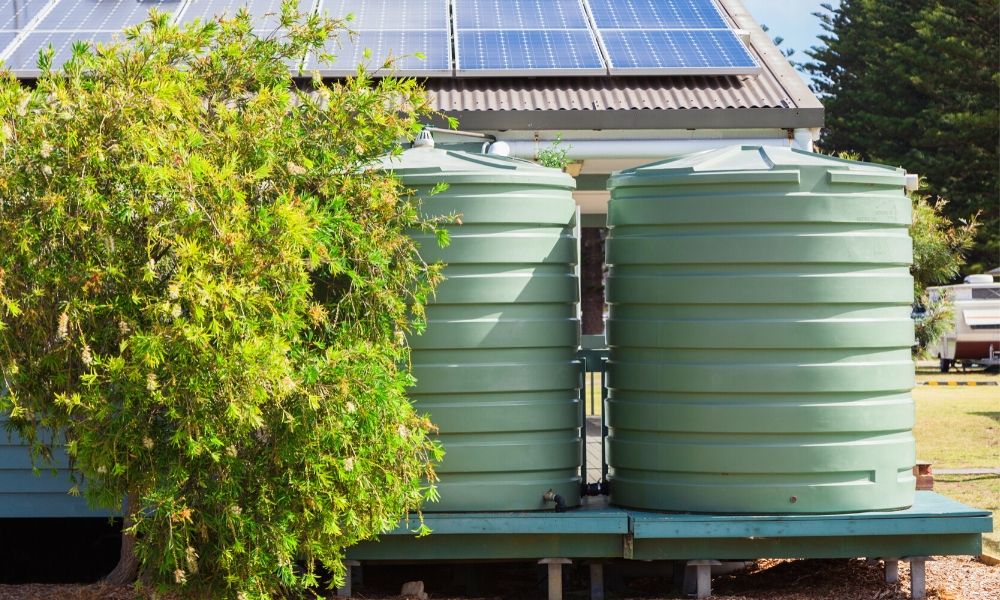
Proper care and maintenance are crucial to the performance of any product, and industrial cistern tanks are no different. Sediment will build up over time in cistern tanks that are not regularly cleaned or properly cared for, which can affect the liquid contents within the tank. Cistern tanks should be cleaned at least once a year, and this helpful guide on how to clean a cistern tank will ensure the continued functionality and reliability of your tank for years to come.
Turn off power and drain water supply
Start by turning off power to the cistern and draining the tank of its water supply completely. Though water may never seem to be in short supply, droughts can be quite common. Rather than draining and wasting the water, transfer the water into temporary holding barrels. If it’s not possible to transfer the water to a temporary container, be sure to drain the water away from nearby buildings. Draining the water too close to buildings can oversaturate the ground and may cause harm to building foundations or flooding of the structures.
Clear out debris
Once the cistern is completely drained, you can clear the tank of debris. This is perhaps the most important tip for learning how to clean a cistern tank, as any residual sediments will contaminate the water held within the tank. Depending on your cistern’s size, this may involve climbing inside the tank. Be aware that it is possible for gases to become trapped inside the tank and the oxygen level may be a bit lower inside. As such, it’s recommended that work inside the tank is done by skilled professionals who possess a confined space certification.
Clean walls and basin
Cleaning an industrial cistern tank is no easy task and will often require some hard work. With a stiff brush, a cleaning solution mixture, and a touch of elbow grease, you should be thoroughly cleaning cistern tanks to remove any built-up sediment or contaminants with ease. The cleaning solution can be purchased or concocted using various common household items. Mix one cup of liquid bleach with ten gallons of water to create the cleaning solution. Bear in mind that bleach can be harmful even when diluted and should be used with caution. Be sure that your cistern has an air hole for ventilation. This will decrease the build-up of bleach fumes, which can harm both the cistern and you.
Rinse, drain, and refill
After thoroughly bleaching and cleaning the cistern, you must rinse the tank with clean water. This cleanses the tank of any residual chemicals and makes it safe to store water once again. Once the walls and basin have been thoroughly rinsed, you can prepare to fill the tank with water once again. Installing a concrete cistern liner prior to refilling the tank decreases how frequently the cistern needs to be cleaned and repaired.
